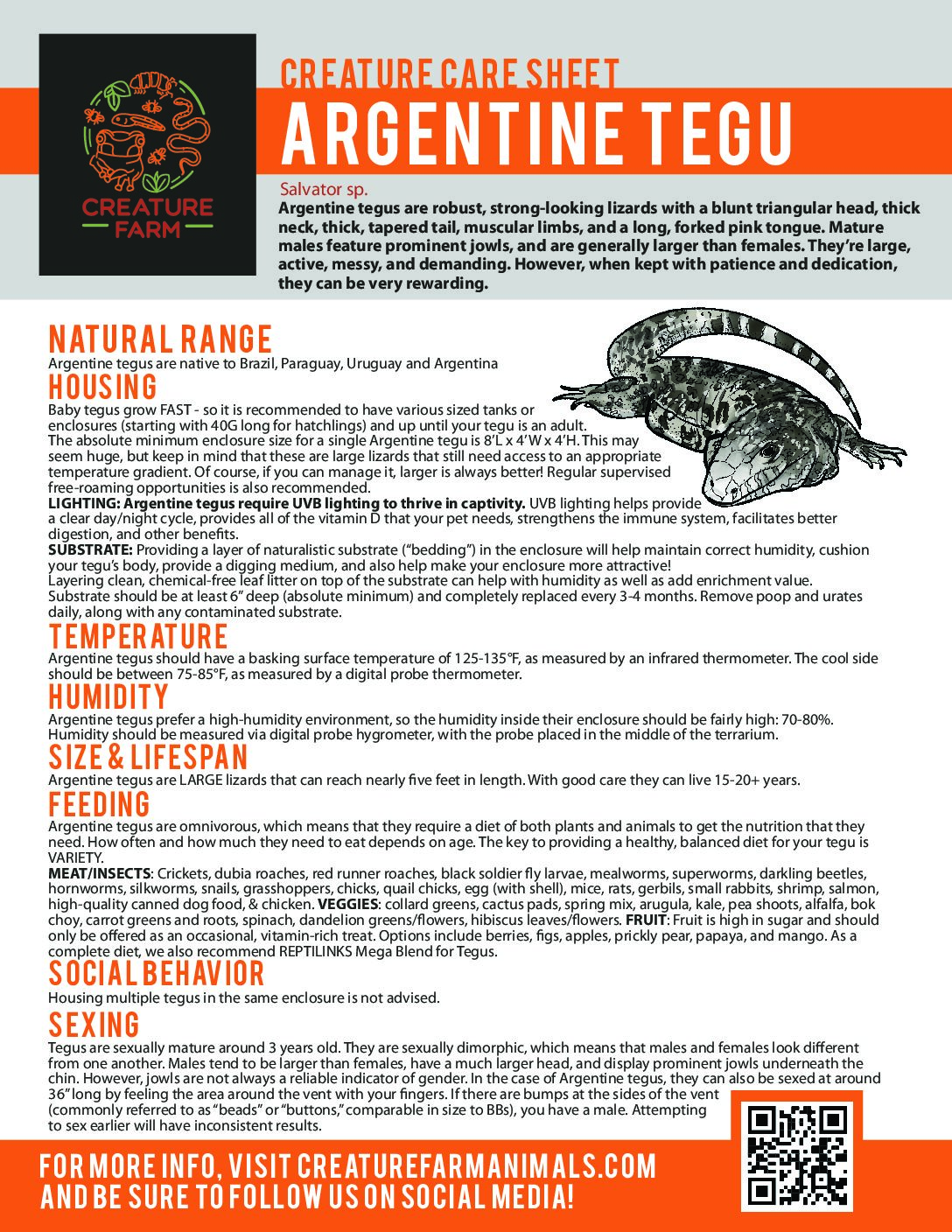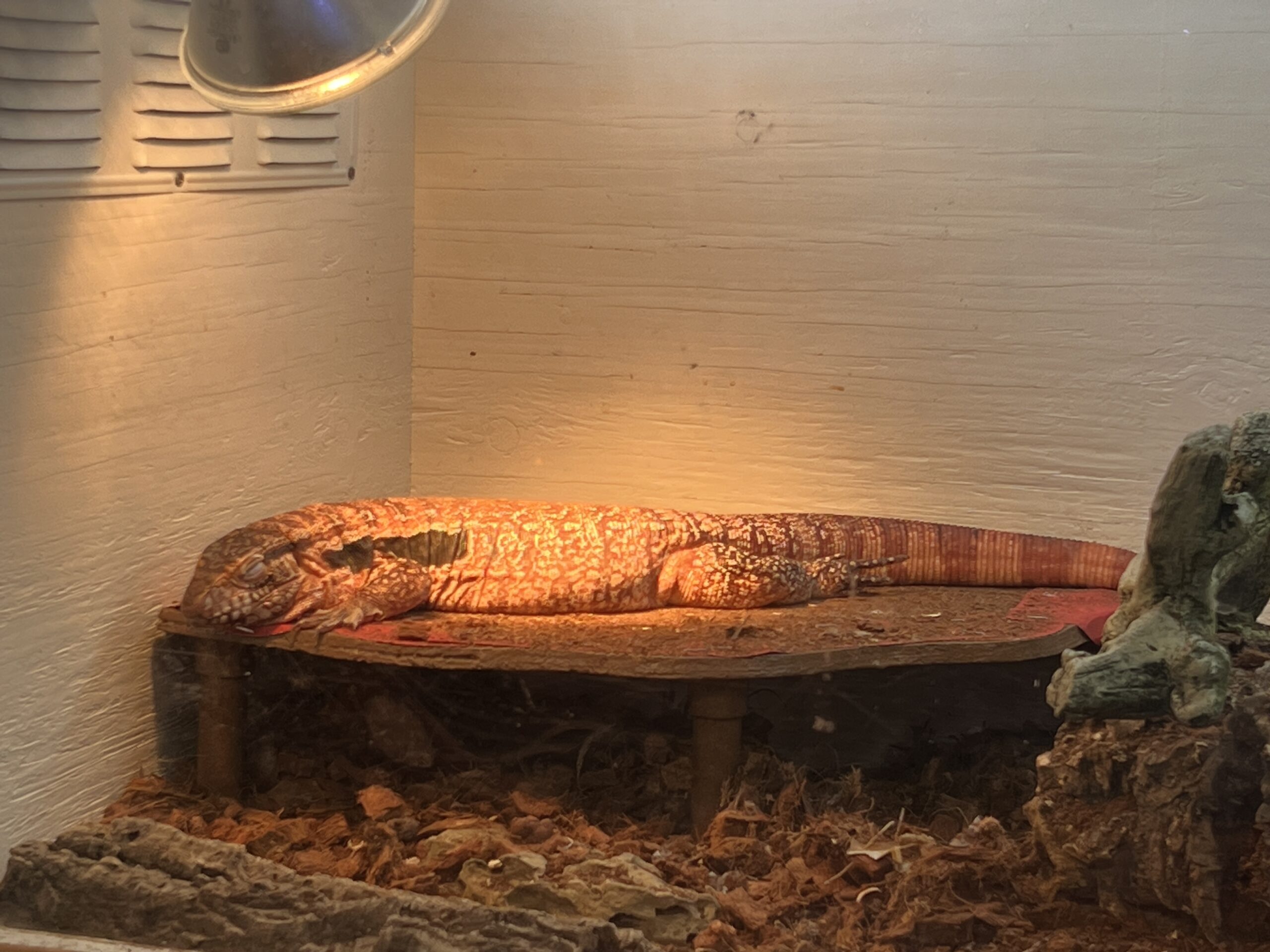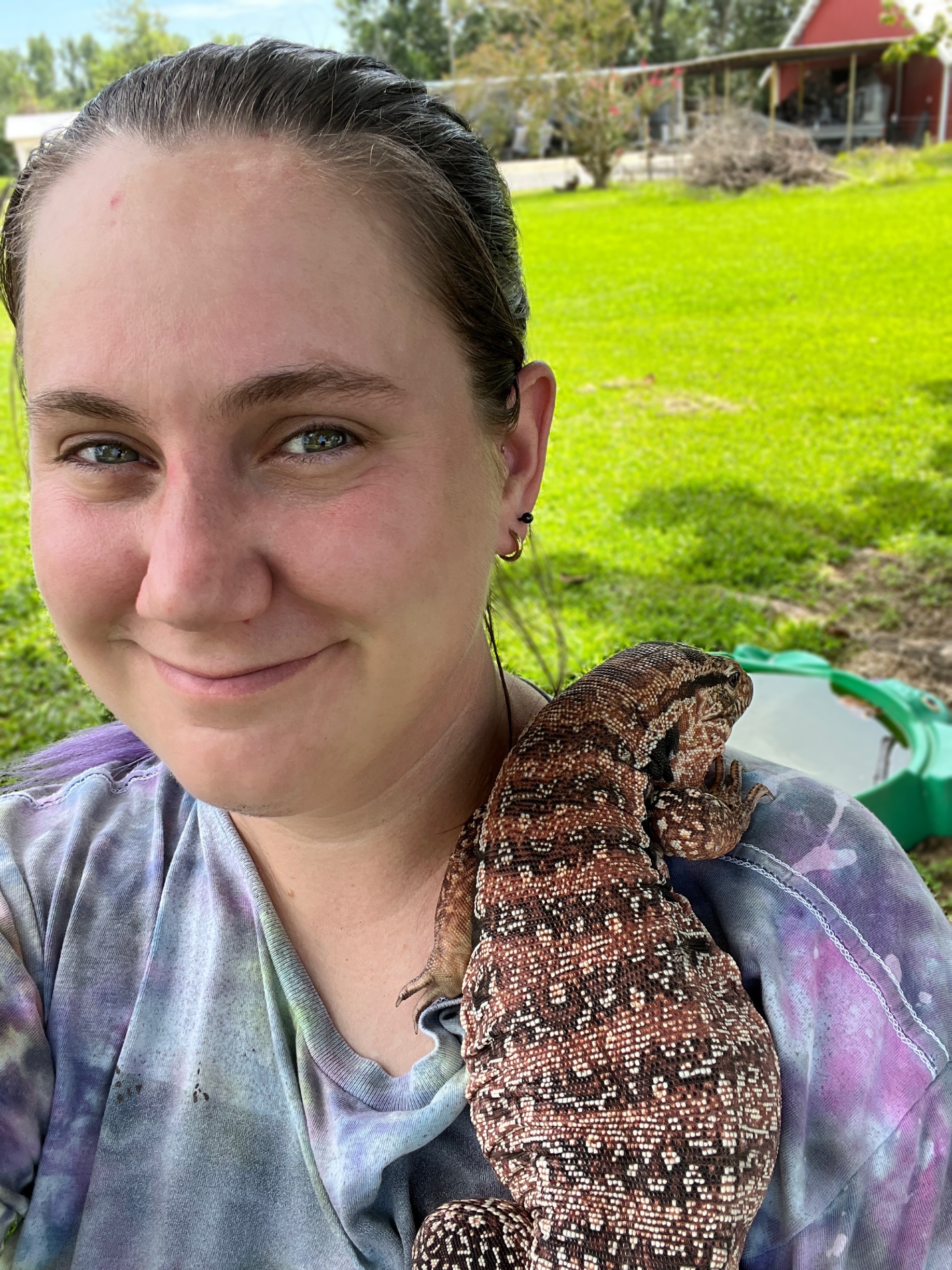CARE GUIDE
Salvator sp.
Argentine tegus are robust, strong-looking lizards with a blunt triangular head, thick neck, thick, tapered tail, muscular limbs, and a long, forked pink tongue. Mature males feature prominent jowls, and are generally larger than females. They’re large, active, messy, and demanding. However, when kept with patience and dedication, they can be very rewarding.
NATURAL RANGE
Argentine tegus are native to Brazil, Paraguay, Uruguay and Argentina
HOUSING
Baby tegus grow FAST – so it is recommended to have various sized tanks or enclosures (starting with 40G long for hatchlings) and up until your tegu is an adult. The absolute minimum enclosure size for a single Argentine tegu is 8’L x 4’W x 4’H. This may seem huge, but keep in mind that these are large lizards that still need access to an appropriate temperature gradient. Of course, if you can manage it, larger is always better! Regular supervised free-roaming opportunities is also recommended.
LIGHTING: Argentine tegus require UVB lighting to thrive in captivity. UVB lighting helps provide a clear day/night cycle, provides all of the vitamin D that your pet needs, strengthens the immune system, facilitates better digestion, and other benefits.
SUBSTRATE: Providing a layer of naturalistic substrate (“bedding”) in the enclosure will help maintain correct humidity, cushion your tegu’s body, provide a digging medium, and also help make your enclosure more attractive! Layering clean, chemical-free leaf litter on top of the substrate can help with humidity as well as add enrichment value. Substrate should be at least 6” deep (absolute minimum) and completely replaced every 3-4 months. Remove poop and urates daily, along with any contaminated substrate.
TEMPERATURE & HUMIDITY
Argentine tegus should have a basking surface temperature of 125-135°F, as measured by an infrared thermometer. The cool side should be between 75-85°F, as measured by a digital probe thermometer.
Argentine tegus prefer a high-humidity environment, so the humidity inside their enclosure should be fairly high: 70-80%. Humidity should be measured via digital probe hygrometer, with the probe placed in the middle of the terrarium.
SIZE & LIFESPAN
Argentine tegus are LARGE lizards that can reach nearly five feet in length. With good care they can live 15-20+ years.
FEEDING
Argentine tegus are omnivorous, which means that they require a diet of both plants and animals to get the nutrition that they need. How often and how much they need to eat depends on age. The key to providing a healthy, balanced diet for your tegu is VARIETY.
MEAT/INSECTS: Crickets, dubia roaches, red runner roaches, black soldier fly larvae, mealworms, superworms, darkling beetles, hornworms, silkworms, snails, grasshoppers, chicks, quail chicks, egg (with shell), mice, rats, gerbils, small rabbits, shrimp, salmon, high-quality canned dog food, & chicken.
VEGGIES: collard greens, cactus pads, spring mix, arugula, kale, pea shoots, alfalfa, bok choy, carrot greens and roots, spinach, dandelion greens/flowers, hibiscus leaves/flowers.
FRUIT: Fruit is high in sugar and should only be offered as an occasional, vitamin-rich treat. Options include berries, figs, apples, prickly pear, papaya, and mango.
As a complete diet, we also recommend REPTILINKS Mega Blend for Tegus.
SOCIAL BEHAVIOR
Housing multiple tegus in the same enclosure is not advised.
SEXING
Tegus are sexually mature around 3 years old. They are sexually dimorphic, which means that males and females look different from one another. Males tend to be larger than females, have a much larger head, and display prominent jowls underneath the chin. However, jowls are not always a reliable indicator of gender. In the case of Argentine tegus, they can also be sexed at around 36” long by feeling the area around the vent with your fingers. If there are bumps at the sides of the vent (commonly referred to as “beads” or “buttons,” comparable in size to BBs), you have a male. Attempting to sex earlier will have inconsistent results.
